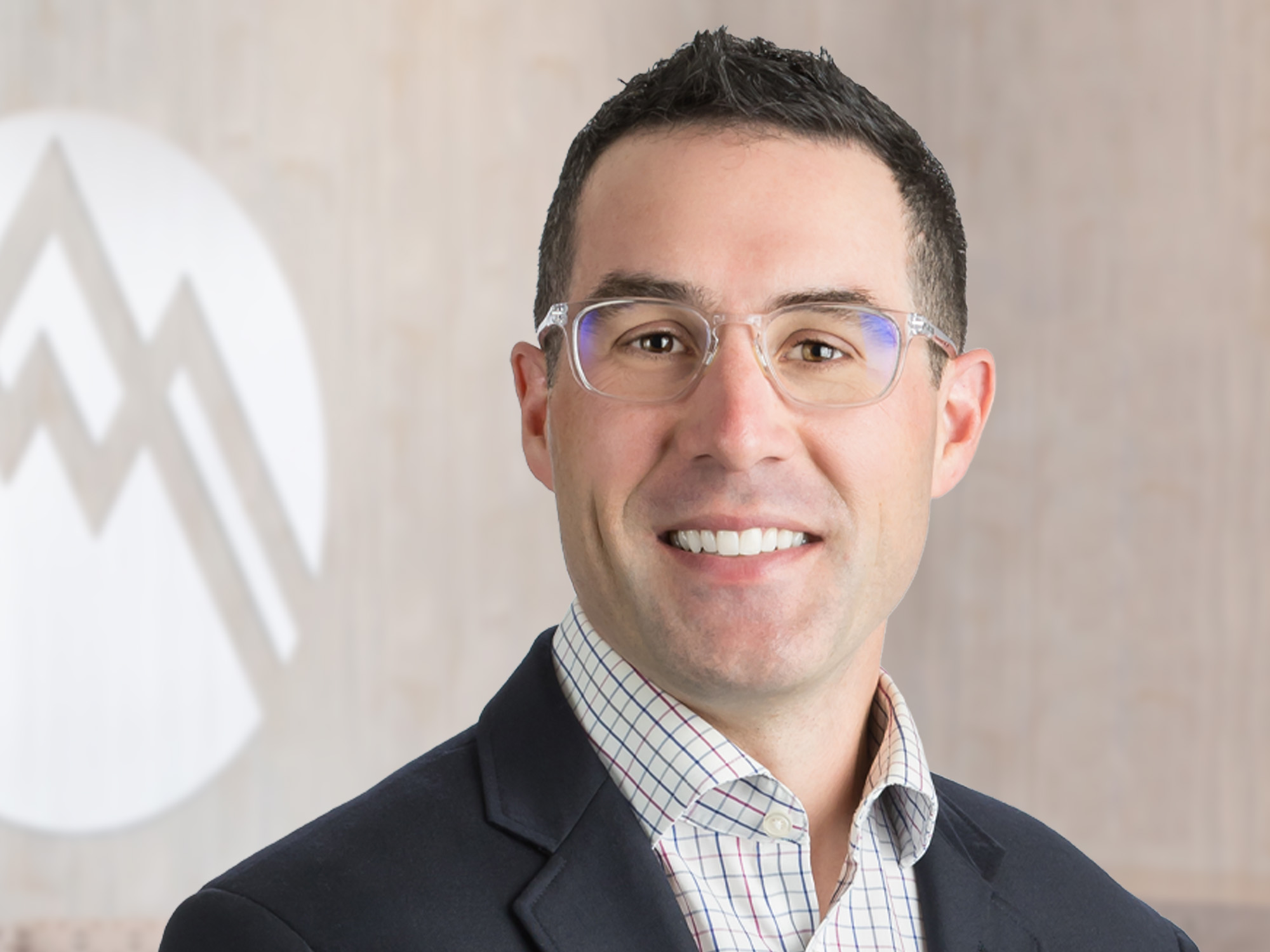Did you know that a hip labral repair doesn’t always require surgery?
Deep-seated hip pain can signal an injury to the labrum in the hip joint. The cartilaginous labrum protects and stabilizes our hips. That’s why when it is torn or frayed, it can have a significant effect on everyday function. But the damage doesn’t have to be permanent. Hip specialist Dr. Brent Warner discusses the nonsurgical and surgical treatment options for hip labral repair, explaining how he tailors the repair to the patient’s specific injury.
Careful, accurate diagnosis is the first step
Hip issues are complex to diagnose because there are multiple potential causes for hip pain. “Taking a good patient history and doing a careful physical exam are extremely important,” says Dr. Warner. “I always ask patients to tell me about their activities. Then, I have them describe the things that aggravate and alleviate their pain. That’s because although pain may be generated by a damaged labrum, it could also be caused by a back problem or an issue with muscles or tendons.”
A physical exam helps to confirm or rule out labral damage. “An injured labrum typically causes deep pain down in the groin,” explains Dr. Warner. “If the pain is on the side of the hip, or if I can identify a tender spot that becomes more painful when I push against it, it’s probably not a labral problem. However, if patients have pain when I perform the FABER and FADIR tests to flex and rotate the hip joint, that’s usually indicative of a symptomatic labral tear.”
Imaging confirms the diagnosis and is used to evaluate the injury
“Once we have a labral injury diagnosis, X-rays are critical to evaluating the impingement anatomy,” continues Dr. Warner. “They show you the bony parts of the hip. I look for either pincer-type socket impingement or cam-type impingement related to the femur. Then, I make very exact measurements, drawing on those X-rays to help determine whether the capacity for impingement is there or not. Frequently, I also order an MRI to evaluate soft tissues, including the labrum, cartilage inside of the joint, muscles, and tendons that may also be generating pain.”
Injections are helpful as both diagnostic and therapeutic tools
“I frequently use injections,” states Dr. Warner. “From a diagnostic perspective, an injection into the hip that alleviates patient pain is a pretty strong indication that the hip—and not an inflamed tendon or lower back issue—is the pain generator. Injections are useful to confirm the pain source. In addition, research indicates that people who don’t respond to an injection are statistically less likely to have a good result with surgery. If you have a limited injection response, that doesn’t mean you can’t have a good surgical result. However, the information we get with an injection is valuable from a prognosis standpoint.”
Dr. Warner also uses injections as a nonoperative therapeutic tool to treat patient pain. “If we can relieve pain with an injection and use physical therapy to improve core, pelvis, and hip strength, many patients can avoid surgery completely,” says Dr. Warner. “My goal is to get you back to the activity you want to do. If an injection and therapy resolve the pain, that’s terrific.”
Other nonoperative treatments for hip labral repair
Injections are one nonoperative option to repair labral damage. However, there are a number of other treatments Dr. Warner may consider.
- NSAIDS (nonsteroidal anti-inflammatory drugs). “Over-the-counter pain medications can be used to control pain,” says Dr. Warner.
- Physical therapy. “Therapy is definitely helpful,” he continues. “In fact, there’s a strong recent study addressing the success of treating labral tears in young patients under age 22. With physical therapy alone, nearly 70 percent of those patients were able to avoid surgery, resolve their symptoms, and return to their normal level of activity. An additional 12 percent also got an injection and were able to avoid surgery as well. There’s increasing data showing that with the right kind of therapy and activity modifications, you can lessen symptoms and help people avoid surgery.”
Surgical options for hip labral repair
In cases where nonsurgical treatments are not able to control pain, Dr. Warner will consider surgery for hip labral repair. “My area of expertise is treating hip impingement and labral tears arthroscopically,” he says. “That is minimally invasive surgery performed through tiny incisions. A small camera placed on the hip joint shows me the labrum, so I can do the repair and corrective work in the joint. I am able to shave small amounts of bone away from the edge of the socket or femur and alleviate the impingement entirely.”
In the past, a hip labral repair was handled via an open hip surgery. There was also a surgical option called labral debridement to remove or smooth damaged parts of the labrum instead of repairing it. “Today, arthroscopic surgery is almost always preferred to open surgery for hip labral repair,” notes Dr. Warner. “And, after studies comparing labral repair to labral debridement showed that a labral hip repair is superior, debridement has become increasingly uncommon. Hip labral repair is now the gold standard.”
Recovery following a hip labral repair
“This is an outpatient surgery,” says Dr. Warner. “Most people can go home the same day. You can expect to be on crutches for three to six weeks. In addition, during this first stage of recovery I may have patients wear a hip brace to help protect the hip and control motion. We also have you use a machine that helps you move your hip safely. That safe movement decreases stiffness and encourages healing of the repaired tissues. At about six weeks, you’ll get off crutches and start resuming your normal activities of daily living. Therapy begins immediately following surgery to slowly build strength and endurance.
“Generally, I tell people to anticipate returning to normal activity in four to six months after surgery,” concludes Dr. Warner. “With the attention of our team and your commitment to physical therapy exercises, we are dedicated to guiding you past your injury and safely back into the lifestyle you enjoy.”
Summit Orthopedics offers comprehensive sports medicine expertise
From Olympians to pro athletes to kids in youth sports and those who just want to be more active—Summit Orthopedics delivers expert care by fellowship-trained sports medicine physicians. If you are recently injured or concerned about ongoing pain, Summit Orthopedics sports medicine specialists have the expertise to evaluate your discomfort and develop a plan to quickly and safely help you get back to being active.
Start your journey to stronger, healthier athletic condition. Find your sports medicine expert, request an appointment online, or call us at (651) 968–5201 to schedule a sports medicine consultation.
Summit has convenient locations across the Minneapolis-St. Paul metro area, serving Minnesota and western Wisconsin. We have state-of-the-art centers for comprehensive orthopedic care in Eagan, MN, Plymouth, MN, Vadnais Heights, MN, and Woodbury, MN, as well as additional community clinics throughout the metro and southern Minnesota.
More resources for you
- Ask Dr. Warner: Do have a hip labral tear?
- Read about Warner’s inclusion among Mpls.St.Paul Magazine’s list of Rising Stars
- Learn more about hip arthroscopy
- Dr. Hansen Compares Hip Resurfacing and Total Hip Replacements

